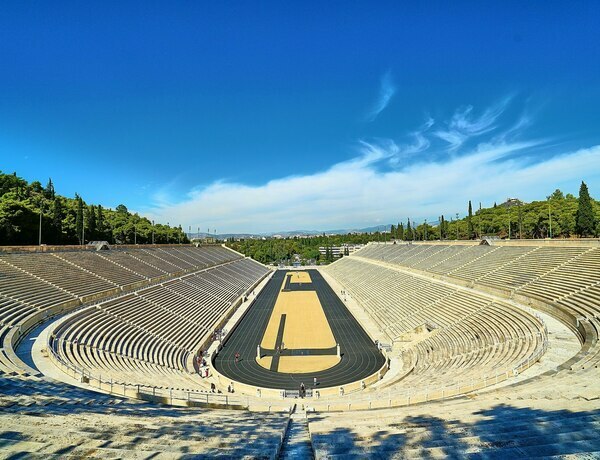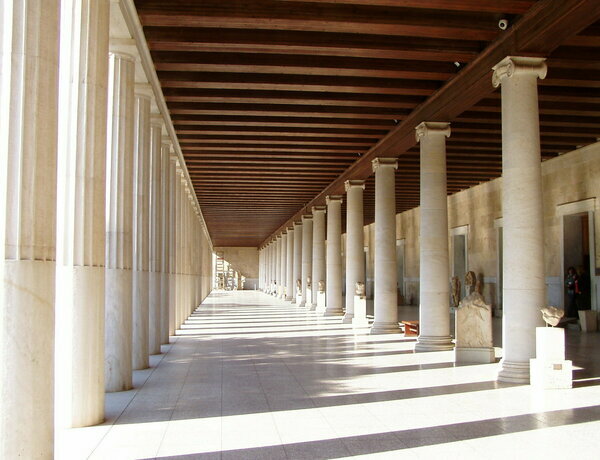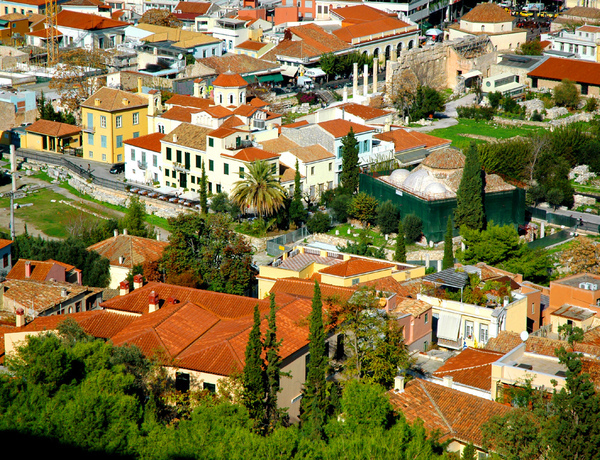
The Acropolis of Athens is a UNESCO World Heritage Site and one of the most famous landmarks in Greece. It is a rocky hilltop that overlooks the city of Athens and contains several ancient architectural wonders, including the Parthenon, the Propylaea, the Erechtheion, and the Temple of Athena Nike.
The Acropolis of Athens has been inhabited since prehistoric times and has been used as a site for religious worship and civic ceremonies for thousands of years. It reached the height of its glory during the 5th century BCE, when the Athenians built many of the structures that still stand today. These structures were built using the finest materials and decorated with intricate sculptures and reliefs that depicted the gods, heroes, and events of ancient Greek mythology.
The Parthenon, the most famous of the Acropolis’ structures, was built between 447 and 438 BCE as a temple to the goddess Athena. It is considered one of the greatest achievements of ancient Greek architecture, with its perfectly proportioned columns, elaborate sculptures, and stunning friezes.
Today, the Acropolis of Athens is a major tourist destination and a symbol of the cultural and historical richness of Greece. Visitors can explore the ruins of the ancient structures, admire the stunning views of the city from the hilltop, and learn about the fascinating history of this iconic site.
Website
visitgreece.gr
visitgreece.gr





